How an Arts-and-Crafts architect fought to preserve the beauty of Chipping Campden
Clive Aslet tells the remarkable story of Frederick Landseer Griggs, his struggle, his triumphs and his legacy. Photographs by Justin Paget.
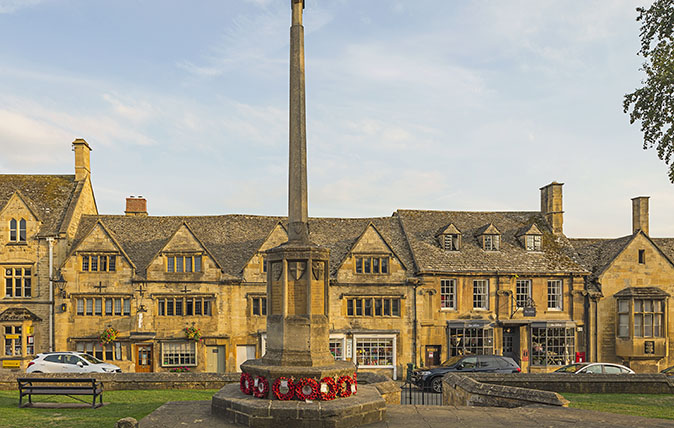
For at least the past 100 years, Chipping Campden, in heart of the Cotswolds, has been widely regarded as a paradise. This was certainly the view of the etcher Frederick Landseer Griggs, who came to live there in 1904 and was its doughtiest defender. He sympathetically restored houses on the High Street, battled against a tide of ugliness that engulfed other towns and villages and used money he could ill afford to safeguard its surroundings.
He also strove to demonstrate the continuing viability of the domestic architecture that he admired from the past by building his own house, out of the scant income he received from his artistic projects. It was a heroic struggle against the world – perhaps an unequal one as regards his own domestic aspirations, but triumphant in respect of the continuing loveliness of Chipping Campden.
Griggs grew up in Hitchin, in Hertford-shire, the son of a Baptist baker and confectioner. At the age of 16, he became an architectural draughtsman to Walter Millard, but, three years later, he moved on to the office of C. E. Mallows, one of that golden gene-ration of domestic architects who benefited from the prosperity of the Edwardian era.
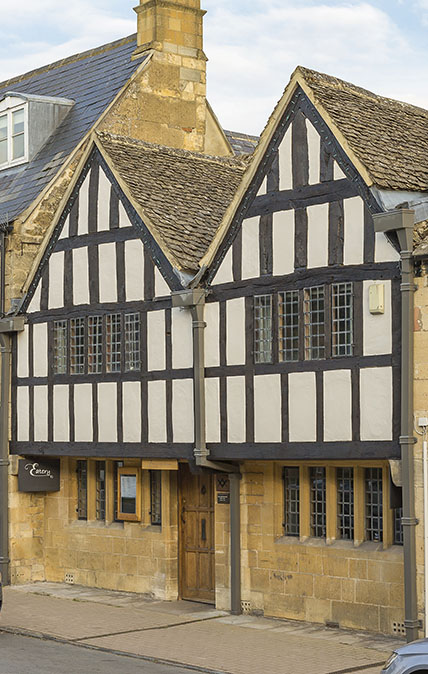
Accomplished more than successful, Mallows loved gardens and drawing and Griggs bloomed there as a perspectivist. Later, the pair worked together on a series of architectural caprices for Studio magazine.
In 1897, Griggs set up his own studio in Hitchin. Artistically, his gods were Samuel Palmer (he later commented, apropos his etching Stoke Poges, that SP were sacred initials to him) and Turner, whose engravings he collected: he would leaf through them with friends on cosy evenings at Chipping Campden.
In 1900, the publisher Macmillan commissioned Griggs to illustrate the Hertfordshire volume of its ‘Highways and Byways’ series. This was the beginning of an association that lasted 40 years and produced a dozen books, with drawings by Griggs converted to wood engravings by other hands.
It was when researching subjects for the Oxford and the Cotswolds volume that, in November 1903, Griggs first roared into Campden – locals drop the Chipping – on his Rex motor tricycle: an unlikely advent for a man who forever deplored the influence of the internal-combustion engine.
Sign up for the Country Life Newsletter
Exquisite houses, the beauty of Nature, and how to get the most from your life, straight to your inbox.
In 1918, he refused to vote Labour, as he had intended, after hearing the candidate speak of ‘improved transport facilities for the country’ (he went for a walk on Westington Hill, outside Campden, instead).
Campden was not a sleepy backwater. The year before, C. R. Ashbee had arrived at the head of 50 or so craftsmen belonging to the Guild of Handicraft, previously located in Whitechapel. In Campden, they occupied some of the cottages that the collapse of agriculture had left empty and took enthusiastically to the joys of rural life, surprising the inhabitants of Campden with Swedish exercises and swimming expeditions, amateur dramatics and marching bands.
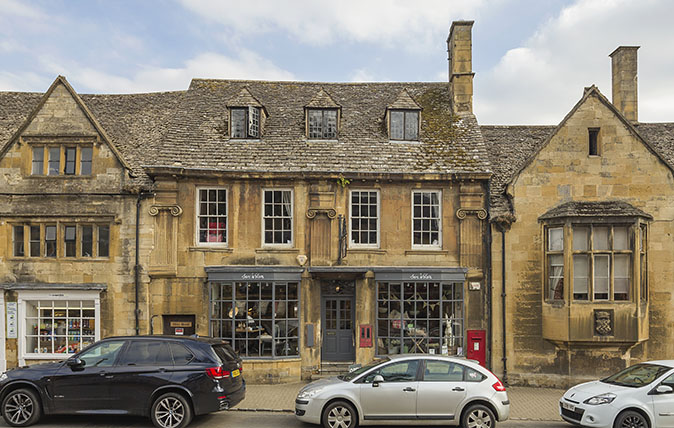
Griggs had friends among the Guildsmen. Soon, he was making a pilgrimage to Sussex to meet William Morris’s friend, the architect Philip Webb: if Morris, by then dead, was the fountainhead of the Arts-and-Crafts Movement, Webb was the conduit through which his spirit flowed. Griggs moved to Campden, lodging first at the Guild’s Hall of Residence for single men at Braithwaite House. In 1906, he became tenant of what, for a bachelor, was a large Georgian residence on the High Street: Dover’s House.
As yet wifeless, Griggs had found love of a different kind – in the architecture and surroundings of his new home. As he wrote to Millard in 1908, ‘after the garishness of Hitchin, Cambridge and Bedford, Campden is a great relief to one’s eyesight – and one’s hearing too. It’s so fine to hear the birds singing in the streets in the middle of the day’.
Initially, Dover’s House was furnished, sparsely, with 18th-century pieces and Sheffield plate. After a while, Griggs underwent a conversion to the Arts-and-Crafts aesthetic of the Sapperton community of architects and craftsmen that included Ernest Gimson.
In 1924, the young would-be poet Chris-topher Whitfield, who, although 25 years Griggs’s junior, became a close friend, recorded his first impression of Dover’s House in his diary. It was ‘full of beautiful things and is damp and the distemper is peeling off the walls. There are marvellous Gimson pieces of furniture and perfect pictures and prints, always in the right place, and his books are amazing, such fine editions and so finely bound’. A piano was hired.
In 1926, Whitfield, who did not quite buy into the ‘old England’ vision, was exasperated to find Griggs, the architect Norman Jewson and various neighbours singing to the strains of a ‘creaking harpsichord’.
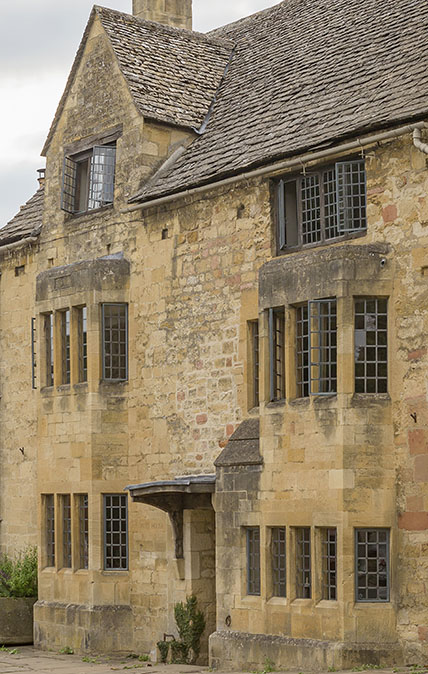
Griggs experienced another conversion at Campden, this time spiritual. Unusually for an English country town, Campden has a handsome – if idiosyncratic – Roman Catholic church, designed by the Malvern architect W. Lunn. Its presence can be explained by the conversion of the future 2nd Earl – then Viscount Campden – in 1850; the family descended from Baptist Hicks, the Jacobean merchant who built the market hall.
Griggs’s Catholicism became a cornerstone of his life. He dreamt of a pre-Reformation England and the glory of this past – gone, but not beyond hope of revival – was a recurrent theme of his etchings (these, unlike his topographical drawings, showed imaginary compositions). ‘Oh, my poor England,’ sighed Griggs, in a letter to journalist-poet Russell Alexander (now in the Ashmolean Museum). ‘Could Eden have been lovelier than we know England once was? Well, there are fragments.’
The joys of that morning in April 1923 included the bursting of leaf buds, plus carpets of bluebells, anemones and primroses in the woods, celandine and cowslips in the meadows. Griggs usually cheered up in the end.
He was not, however, a man of compromise. How else could he have prevailed in his assault on officialdom and public utilities between the World Wars? Remembering Griggs’s achievement at an evening of talks to mark the opening of an exhibition in 1985, the Campden historian Geoffrey Powell cited the absence of telephone and electricity cables: Griggs insisted they were all run underground. No Art Deco cinema was built.
The local council was persuaded to keep Campden’s prominent grass verges and to rebuild a group of new council houses in roughcast with stone quoins rather than brick. Further, Griggs also designed lanterns to light the streets and wrought-iron signs for the shops (although the originals have disappeared, the tradition continues).
On January 3, 1927, Griggs wrote to Alexander: ‘You’ll be glad to hear that I began the New Year well by saving the Old Row of Trees which borders the Coneygree (the meadow where we went ghost-hunting) – on my way home from Mass on Saturday.’
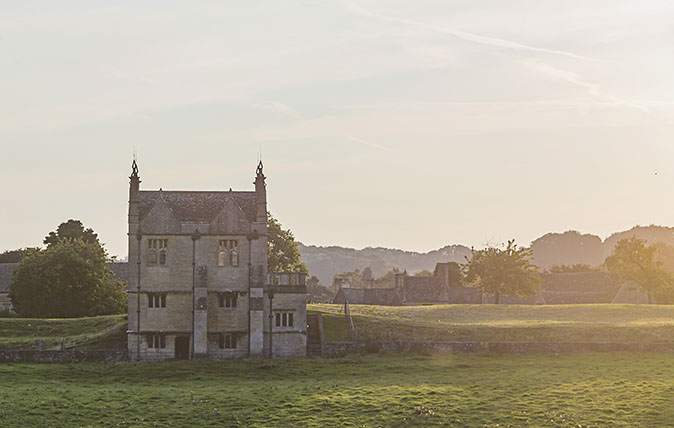
In 1934, Griggs would organise the campaign to raise the money necessary to buy Coneygree for the National Trust to prevent development; eight years before, he had performed an even more valiant rescue, by personally buying Dover’s Hill– the glorious natural amphitheatre that, in the 17th century, had been the site of the ‘Olimpicks’, organised by the lawyer Robert Dover – when it came up for auction. This was a matter of acute financial anxiety until the transplanted American and local bene-factor Benjamin Chandler saved the day.
Following Ashbee’s example, Griggs res-tored some of the buildings on Campden’s High Street. His work rejoices in an occasional quirkiness; Miles House, for example, received Lutyensesque bays and a wilfully lopsided hood over the door. These efforts were consolidated by the found-ation, in 1929, of the Campden Trust, as a rolling fund to put derelict buildings to rights, sell them and move on to new challenges.
'An ugly man – with deeply lined face but warm smile and hearty laugh'
Lucky Campden – but Griggs’s neighbours may not have thought so. A squall of controversy was caused by the war memorial, conceived by Griggs as a cross in an architectural setting, next to the famous market hall. Griggs had not fought in the war, having been declared unfit, and a cross, designed by a Catholic, was considered Papistical. On this occasion, Griggs got his own way, but this was not always so.
Before a meeting of the newly formed Campden Society in 1927, the architect looked, in Whitfield’s expression, ‘like a white lobster sitting on the edge of the pot into which he might have to jump to be boiled’. Soon afterwards, he resigned from the organisation ‘in a white, livery huff’.
At the height of the war-memorial furore, Griggs became engaged. His intended, Nina Muir, daughter of a High Court judge in India and sister of an artist, was 21, described in Jerrold Northrop Moore’s biography of Griggs as being of ‘delicate grey-eyed prettiness and diffident charm’.
She later remembered (in conversation with her daughter Barbara) the impression that Griggs, then in his mid forties, made on her: ‘An ugly man – with deeply lined face but warm smile and hearty laugh… Moody and melancholy… Terrible smoker’s cough.’ However, she was captivated by his energy and distinctiveness.
For his part, Griggs had always wanted a wife and family – not least, one suspects, as a reason to build a house. Certainly, as children came, Dover’s House began to feel small.
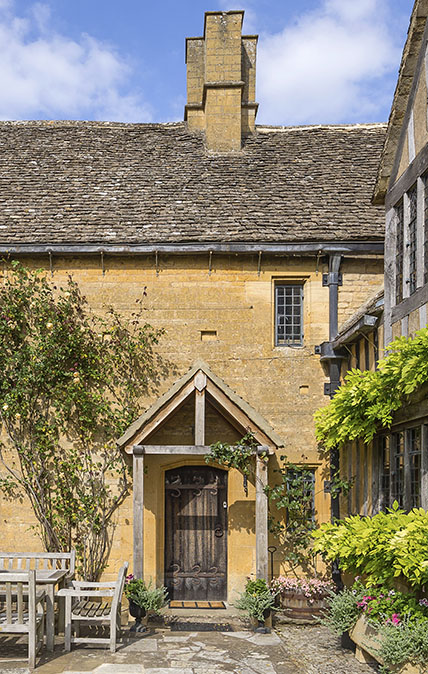
For a man reliant on the sale of his art, New Dover’s House was planned on a princely scale. The site was a burgage plot behind one of the houses in the main part of town, big enough to have an orchard and a tennis court. Two wings formed a suntrap on the garden side; one of them, in a more informal style, served as Griggs’s workroom and press. Money had never come easily, but Griggs did not intend to restrain himself in the creation of his domestic dream for want of it.
He infuriated his more cautious friends by lavishing care, craftsmanship and materials on details that would never normally be seen; beginning as he meant to continue, Griggs started the house with the cellar.
It is as beautifully constructed as a crypt.
However, 1927 was a bad year to begin an ambitious project. With the Depression, the bottom fell out of the market for prints. By the time of Griggs’s death in 1938, he was hopelessly mired in debt. To Barbara, then six, this did not spoil the fun. Her memories, recorded by the Chipping Campden History Society, are of tennis parties, Twelfth Night revels and the painful sewing of tough laurel leaves to make Christmas wreaths.
‘We can only live on and create the utmost beauty in our power, then die.’
The house was always full of people, with hearty luncheons, prepared using vegetables from the garden and fruit from the orchard, during which everyone – including children and the governess – was expected to contribute to the conversational buzz amid clouds of tobacco smoke, laughter, pencil-and-paper games, singing and walks.
In 1926, in one of his despairing moods, Griggs launched a tirade against the despoliation of England, the pace of which had increased in the previous 15 years. ‘What are we to do?’ asked Whitfield. Griggs’s answer was: ‘We can only live on and create the utmost beauty in our power, then die.’ Griggs did, inevitably, go the way of all mortal beings, but, in and around Chipping Campden, thanks to him, the beauty survives.
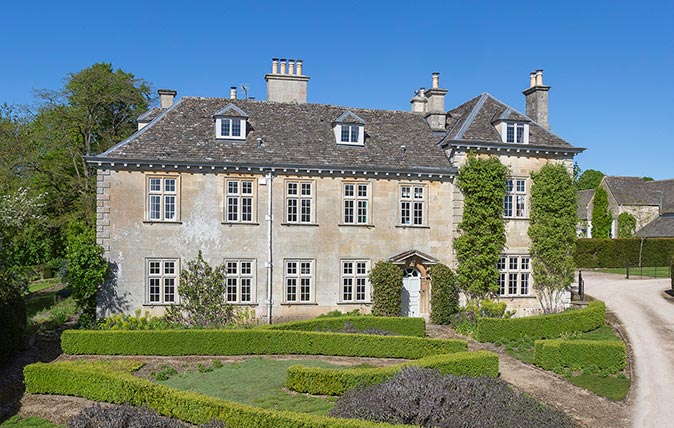
A superb 16th century Cotswolds manor with a very 21st century party barn
The Old Rectory is a quintessential Cotswolds house dating back to the 16th century – with a very 21st-century attraction that's
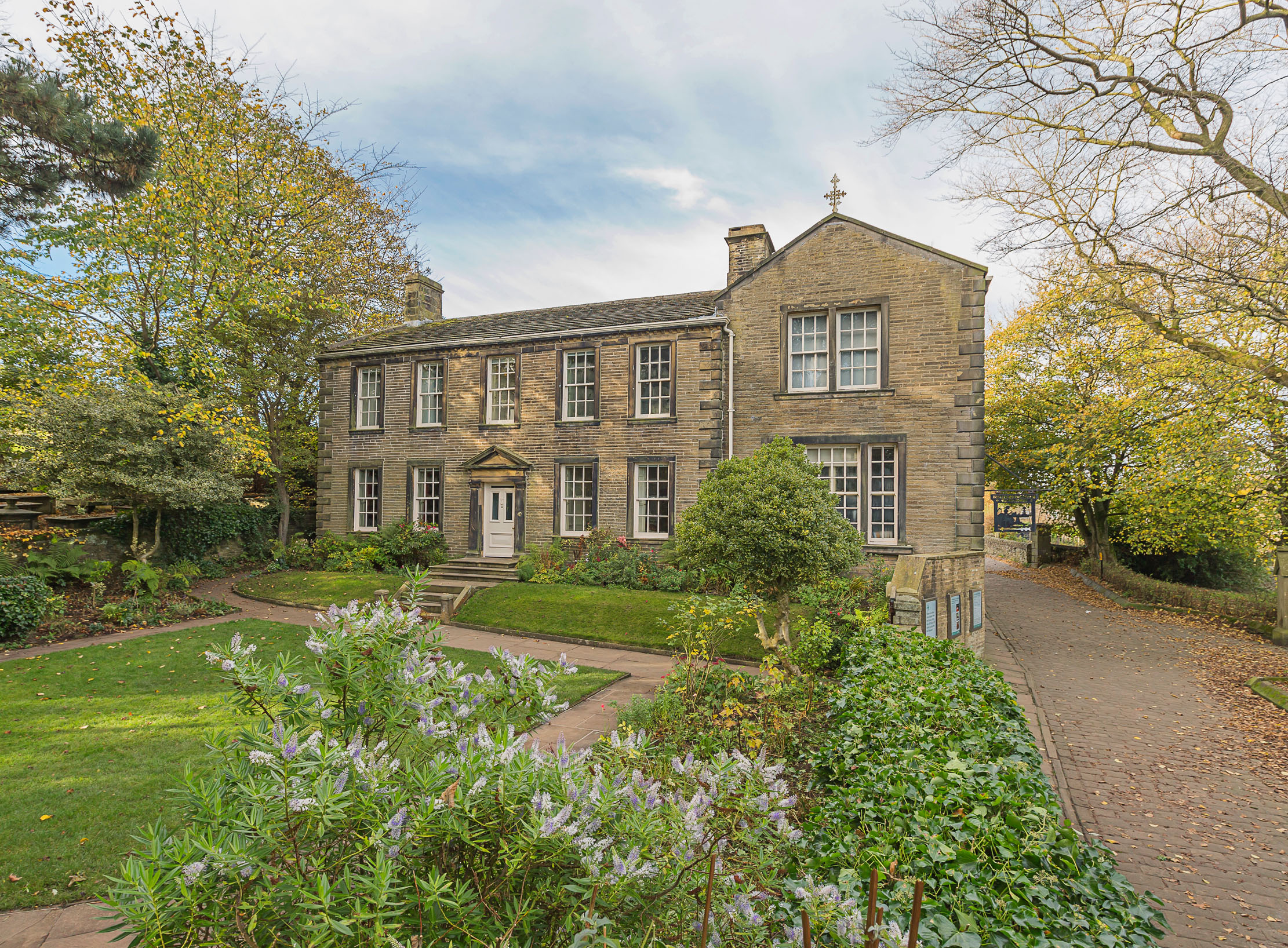
Inside Haworth: The humble parsonage where the Brontë sisters changed literature
Some of our most enduring stories were conceived at Haworth – Jeremy Musson enjoys a literary pilgrimage.
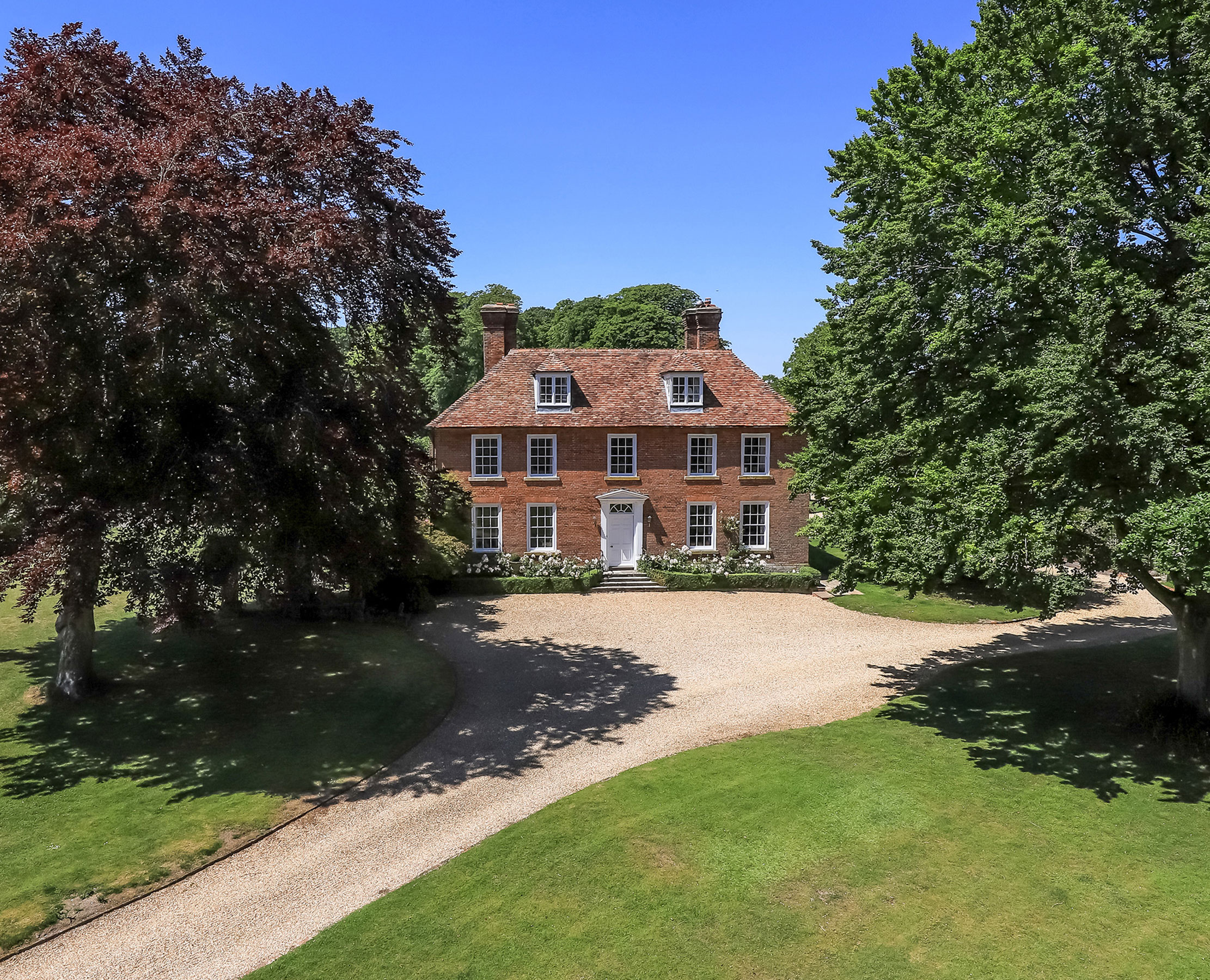
Credit: Knight Frank
The best country houses for sale this week
Catch up on the best houses that have come up for sale via Country Life in the last few weeks.
-
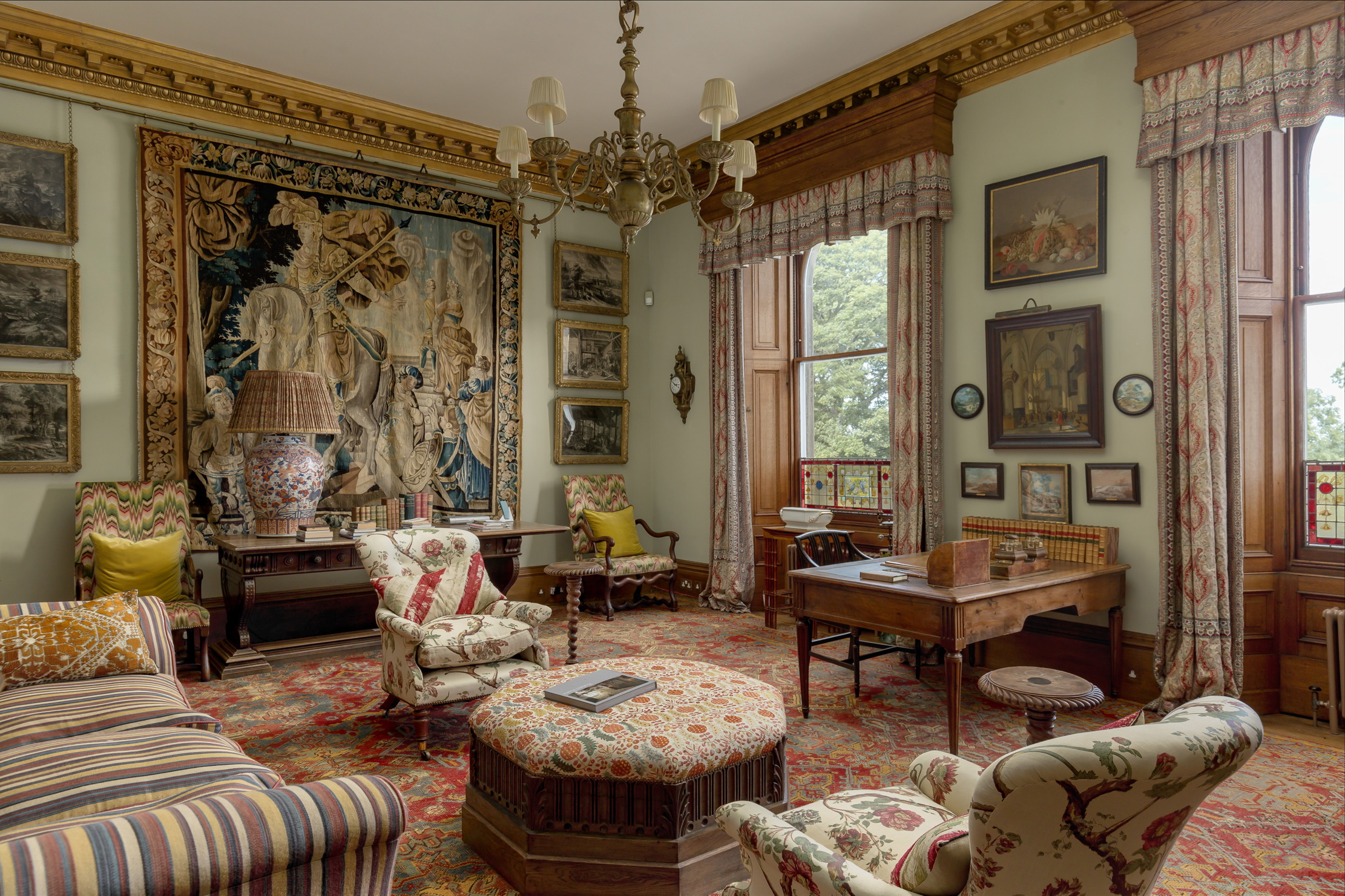 The finest interiors in Edinburgh? A seven-bedroom townhouse furnished by Robert Kime comes to market
The finest interiors in Edinburgh? A seven-bedroom townhouse furnished by Robert Kime comes to marketSituated on one of the New Town's grandest terraces, this four-storey property is a collector's dream.
By James Fisher Published
-
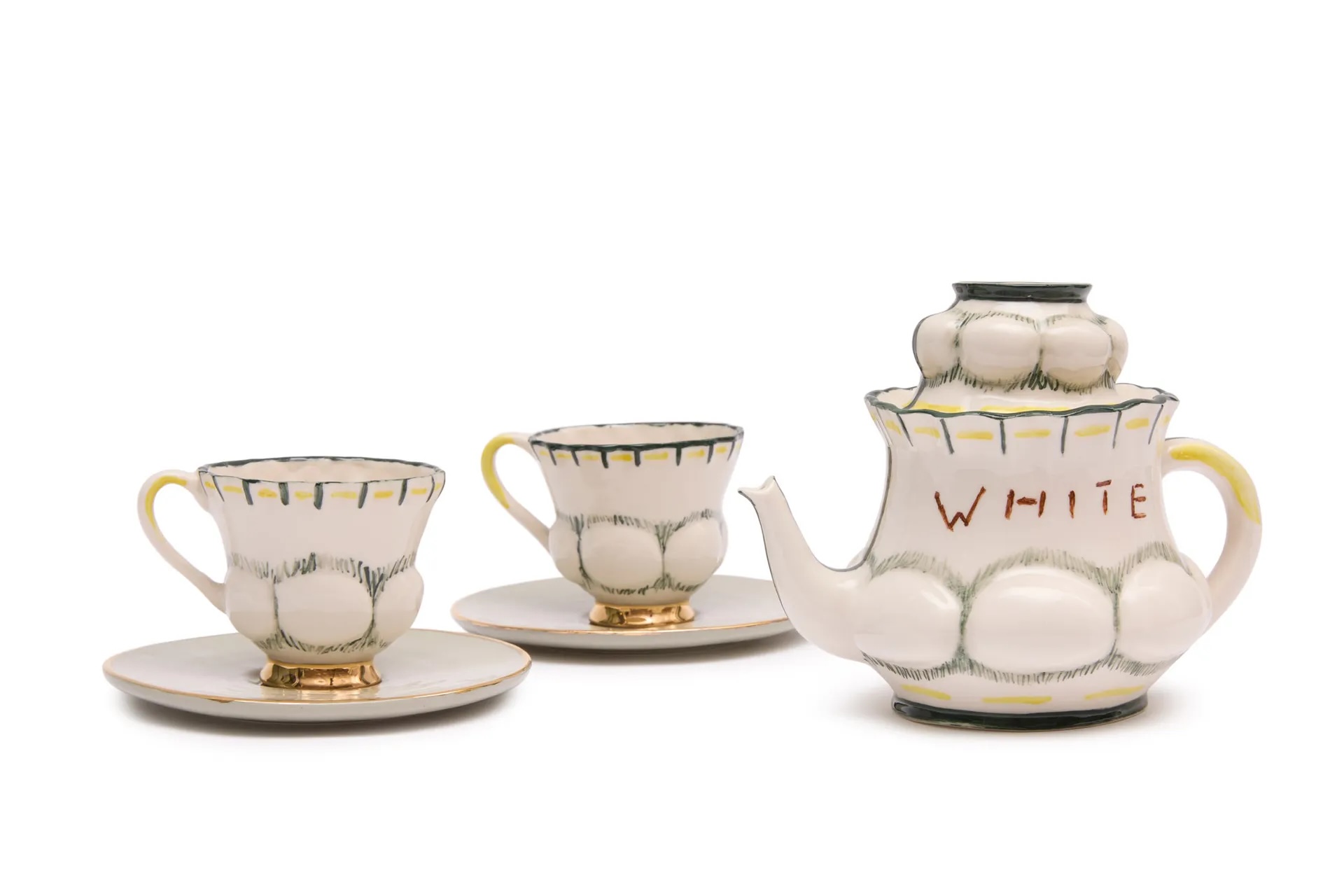 Why LOEWE decided to reimagine the teapot, 25 great designs over
Why LOEWE decided to reimagine the teapot, 25 great designs overLoewe has commissioned 25 world-leading artists to design a teapot, in time for Salone del Mobile.
By Amie Elizabeth White Published